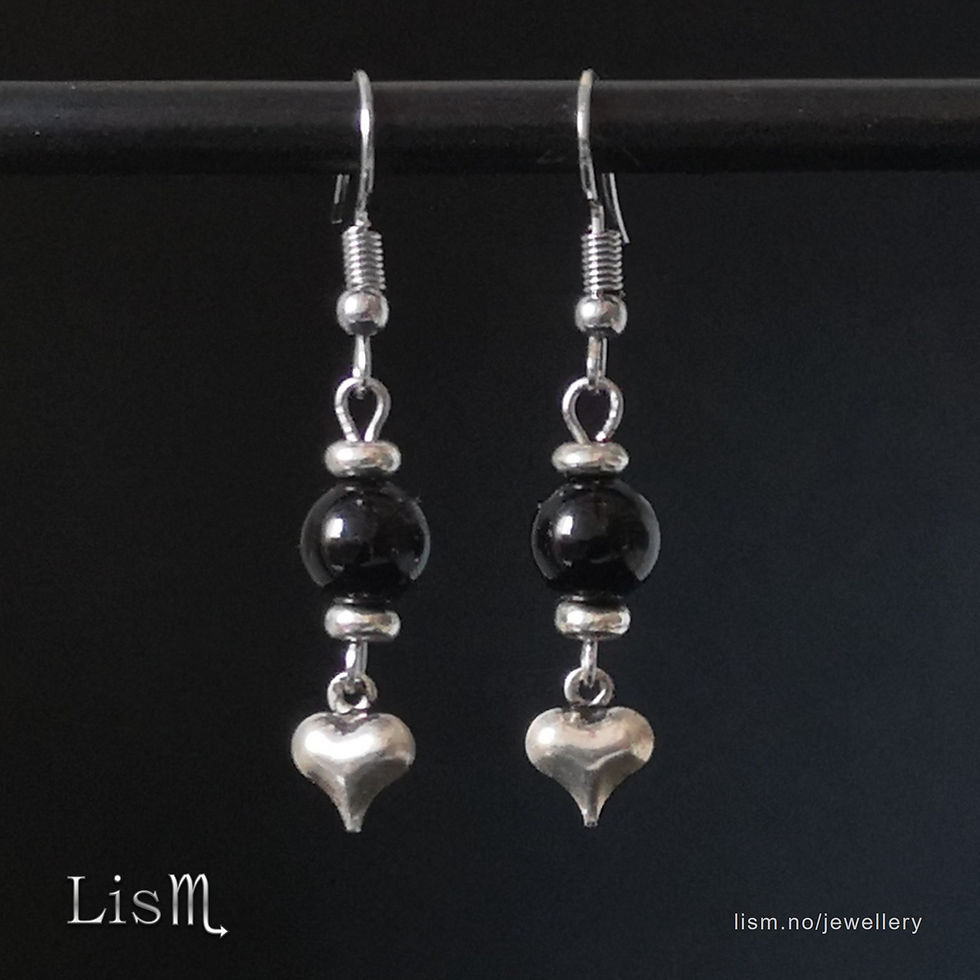
There are over 100 alloys of stainless steel, and each is denoted by a unique SAE steel grade number, which may include one or more letters.
Stainless steel alloys include steel (iron with carbon), chromium for scratch resistance and corrosion resistance, nickel to reduce brittleness and improve strength at both high and low temperatures, and other trace elements.
For stainless steel alloys used in jewelry, these trace elements are approximately 0.75% silicon, 0.045% phosphorous, 0.03% sulfur, 2% manganese, and 0.1% nitrogen
Most stainless steel contains 8-10.5% nickel, making it unsuitable for people with nickel allergies.
304 stainless steel
is the most popular grade of stainless steel. It is 18-20% chromium, 8-10.5% nickel, 0.08% carbon, plus iron and the trace elements listed above. It is commonly used in the food industry (sinks, coffee urns, dairy storage and hauling, beer brewing, citrus and fruit juice handling, etc). The same corrosion and stain resistance that make it great for food handling, also make it popular for jewelry.
316L Acid-proof steel/surgical steel
contain 2-3% molybdenum for even greater resistance to harsh corrosives (both industrial, and in the body). 316L is a low carbon version of 316, with extra corrosion resistance, and is frequently used for stainless steel watches and marine applications.



















